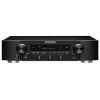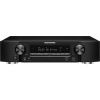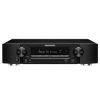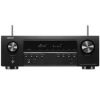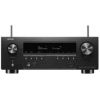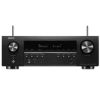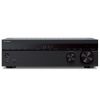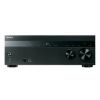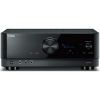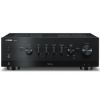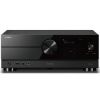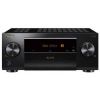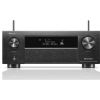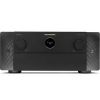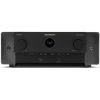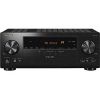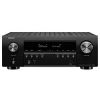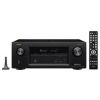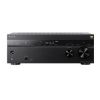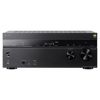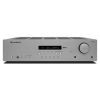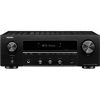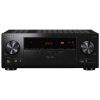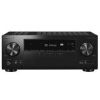Sony STR-DH590 vs Marantz SR5014 review


The Sony STR-DH590 vs Marantz SR5014 comparison proves that these receivers have many common features.
Amplifier
A significant difference between the receivers in the number of channels, Sony STR-DH590 has 5.2 versus 7.2 for Marantz SR5014. Regarding power, then STR-DH590 has such a W/Ohm ratio - 145/6 when SR5014 has a power of 100/8, 180/6. The THD is 0.09% for the STR-DH590 but 0.08% for the SR5014.
Audio features
Characteristics of digital to analog converter (DAC) are different, 192 KHz/32-bit for STR-DH590 and AK4458 384 KHz/32-bit for the SR5014. Only the SR5014 supports Bi-amping feature. Each of the AV receivers can transmit an audio signal directly to the amplifier and bypasses any DSP processing. Rivals from our review have Bluetooth support. Only the SR5014 supports Spotify.
Video features
Both AV receivers support HDR10 technology (High dynamic range). Compared AV receivers retain the quality of 4K/60Hz signal when transmitting from a source to a TV or projector. HDMI signal transmission in standby mode is implemented in each of the devices. The SR5014 can scale the input HDMI signal, unlike the STR-DH590. The HDR standard - Dolby Vision is supported by these receivers.
Extensive connections
The Sony STR-DH590 has 4/1 HDMI inputs/outputs versus 8/2 HDMI connectors of the Marantz SR5014.
 The HDMI Audio Return Channel (ARC) feature supports both devices. The HDMI eARC is available only on the SR5014. The Consumer Electronics Control (CEC) feature is present in most modern AV receivers and the models in our comparison are no exception. The STR-DH590 supports the protection of digital content of the standard HDCP 2.2, versus HDCP 2.3 in the SR5014. The SR5014 has a built-in phono stage for connecting a vinyl player. An ECO mode is only available for the SR5014. The setup assistant will help you configure Marantz SR5014.
The HDMI Audio Return Channel (ARC) feature supports both devices. The HDMI eARC is available only on the SR5014. The Consumer Electronics Control (CEC) feature is present in most modern AV receivers and the models in our comparison are no exception. The STR-DH590 supports the protection of digital content of the standard HDCP 2.2, versus HDCP 2.3 in the SR5014. The SR5014 has a built-in phono stage for connecting a vinyl player. An ECO mode is only available for the SR5014. The setup assistant will help you configure Marantz SR5014.
Multichannel surround
Only the SR5014 has a Dolby Atmos multichannel audio format support. A surround technology DTS:X is supported only by the SR5014.
General
Item
Model
Brand
Reviews
Amplifier
Channels
Stereo power (RMS), W/Ohm
Output impedance, Ohm
Frequency response
THD in stereo, %
Audio features
Digital to analog converter (DAC)
Bi-amping
Pure direct (straight)
Auto speaker calibration
Speaker A/B switching
Other audio features
Connectivity
Wi-Fi
USB
Bluetooth
Ethernet (RJ45)
DLNA
MHL
Streaming services
Apple Music (AirPlay)
Amazon Music
Spotify
Other streaming services
Extensive connection
HDMI input/output
HDMI ARC (Audio Return Channel)
HDMI eARC (Enhanced Audio Return Channel)
HDMI CEC
Digital content protection (HDCP)
Subwoofer output (LFE)
Headphone output
Optical digital input
Coaxial digital input
Composite input
Component input/output
Phono (MM) input
Front panel connectors
Multi channel preamp output
Video features
HDR (High Dynamic Range)
4K signal pass-through
8K signal pass-through
HDMI signal pass-through
3D signal pass-through
HDMI pass-through in standby mode
Video conversion
Analog to HDMI scaling
HDMI to HDMI scaling
Dolby Vision
Other video features
Additional features
Voice control
App control
Display
Tuner
Sleep timer
Auto power off
ECO mode
Graphical user interface (GUI)
Setup assistant
Firmware update
Other additional features
Multi-room
Multi-room zones
Zone audio output
Zone HDMI output
Multi-room control
RS-232
Remote control input/output (IR)
DC trigger output (12V)
Multichannel surround
Dolby Atmos
Dolby TrueHD
Dolby Surround
Dolby (other)
DTS:X
DTS HD Master
DTS Virtual:X
DTS Neural:X
DTS (other)
Auro-3D
IMAX Enhanced
Multichannel stereo
Audio file formats
MP3
WMA
AAC
WAV
FLAC
ALAC
Other audio file formats
Power
Operational power consumption, W
Standby consumption, W
Removable power cord
Dimensions
Size W x H x D, cm/inches
Weight, kg/lbs
Other
Release year
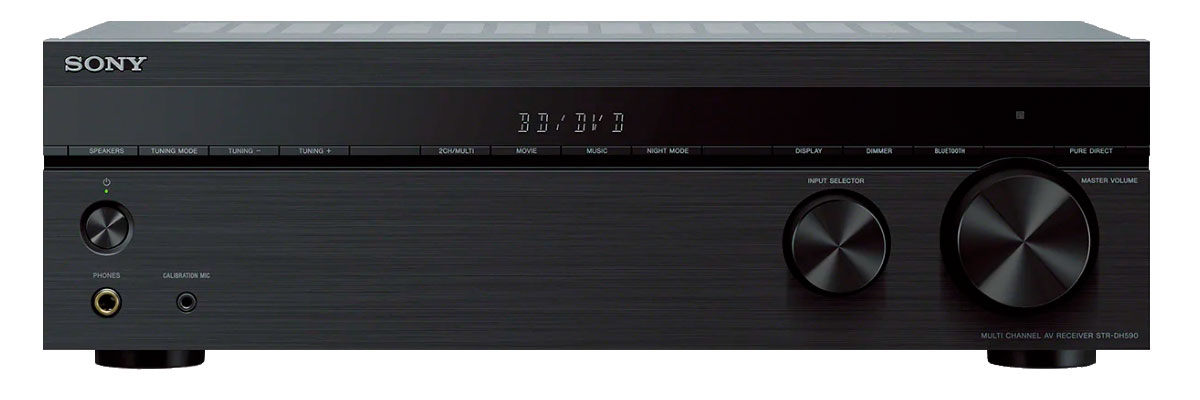
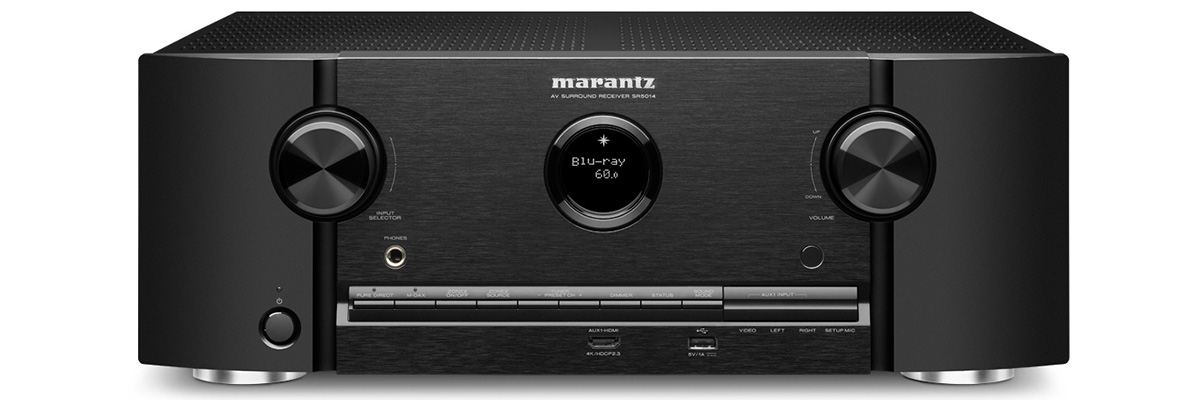


AV receivers SoundInspiration comparison rating
- 4.2Sony STR-DH590
- 9Marantz SR5014
Latest receiver comparisons
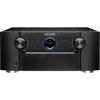
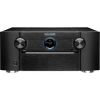
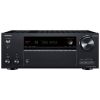
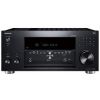
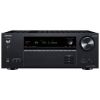
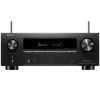
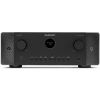
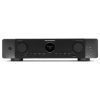

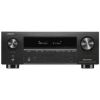
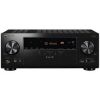



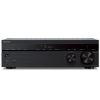

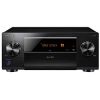
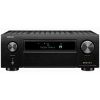
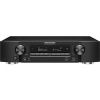
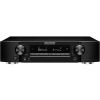
Popular receiver comparisons
